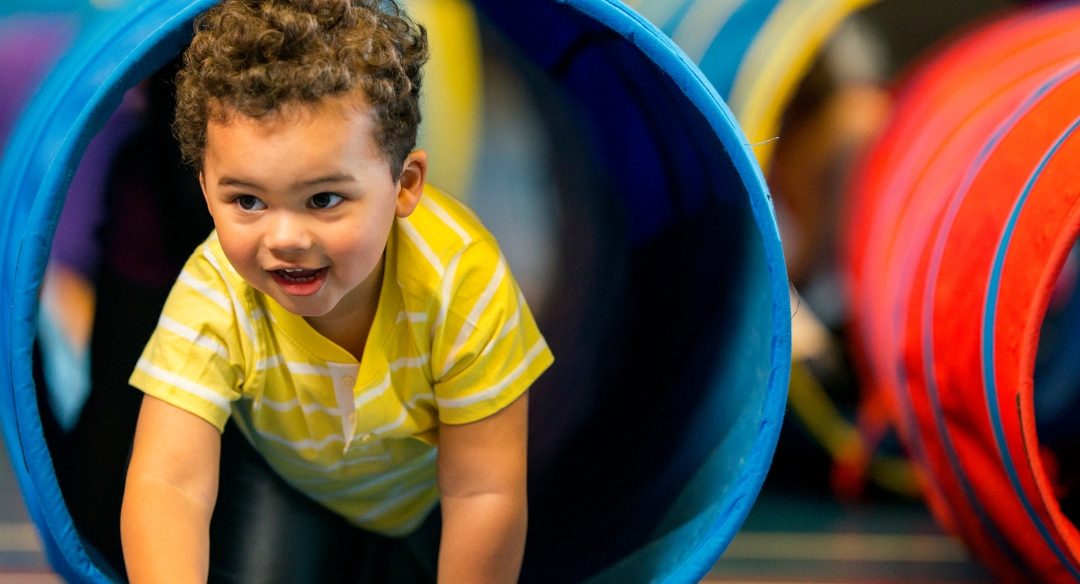Our clinics receive calls from time-to-time from concerned parents when their child bumps their tooth against objects such as their crib, as one example. Sometimes the tooth can become a little loose and the gum tissue can look slightly swollen. When this happens, it is important to bring your child in to the dentist for an evaluation. It’s better to be safe than sorry as traumatic injuries can actually damage developing adult teeth even before they come in.
Dental traumas, unfortunately, are common among all children. Toddlers who just learned how to walk bump their heads and mouths all the time while exploring the world around them. As they enter preschool and elementary school, children become more and more physical and fall easily while playing. Even in tween and teen years, kids can injure their teeth through playing sports.
For baby teeth, what we’re mostly concerned about is the possibility of a dental infection which cause damage to future permanent teeth. Permanent front teeth develop at the root tip of baby teeth. If an infection starts to fester from the baby tooth, the inflammation can cause discolored, stained, or chipped enamel. Whatever damage that results may not be visually apparent at the time, but will show up at the age of 7 or 8 when permanent upper front teeth start to come in. Therefore, it is very important to have the baby tooth removed as soon as an infection develops.
It is essential for children to be evaluated by a dentist at the time of trauma then for a re-evaluation a few weeks later. At the initial visit, the dentist will take an x-ray of the area, take note of the degree of looseness, and tend to any soft tissue wounds on the lips and gingiva. Since it takes approximately 3 weeks for an infection to show up on an x-ray, the initial radiograph will just serve as a baseline image, something that the dentist can compare to at the re-evaluation appointment when a new x-ray is taken. If an infection were to develop it would often show up a few weeks later, and the dentist can remove the tooth during the re-evaluation appointment.
Fortunately, baby teeth tend to be very resilient. Sometimes color changes can be observed on the tooth in the few weeks/months following the traumatic event. Any changes in color would mean that the nerve inside is dead. However, as long as there is no infection, the tooth may very well stay in the mouth until it’s natural exfoliation time (time to fall out) with absolutely no problems. The tooth may also stay loose for a while. If this happens sometimes exfoliation will take place earlier than typically expected.
If you have any questions concerning dental trauma, please call our office:
Nevada
Roseman Dental & Orthodontics – 702-968-5222
Utah
Roseman Dental – 801-878-1200




